Related Tags
These are Dave Grohl’s four biggest guitar-playing influences
From masters of rhythm to masters of entertainment, these are the musicians who have directly or indirectly influenced Dave Grohl’s arena-filling guitar style.
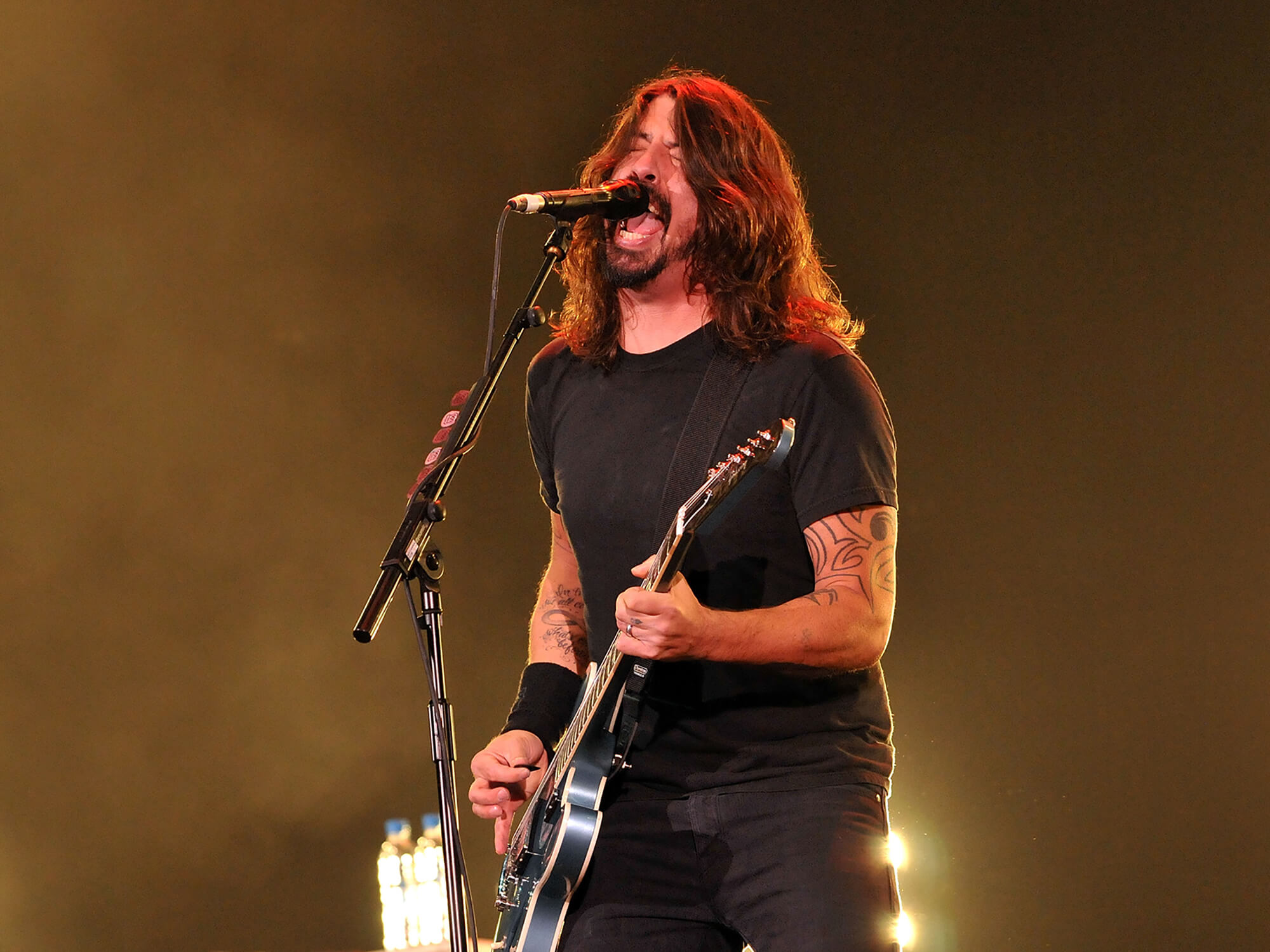
Dave Grohl performing in 2014. Image: Jim Dyson/Redferns via Getty Images
When you think about Dave Grohl, it’s only natural to think about the acts he has inspired, such as Weezer, Linkin Park and Biffy Clyro. But what about those who inspired the drummer, guitarist and bandleader to become the musician he is today?
Grohl admits he’s very much a self-taught musician, having only really had a handful of music lessons in his life. As he explained to Sam Jones from Off Camera in 2013: “I didn’t have $30 an hour for me to sit there and relearn everything [on drums] that I’ve learnt and it’s the same with guitar. I took a couple of lessons and then I wound up playing, and I play guitar the way that I do it. I don’t know what any of the chords really are.”
Regardless of his preference for teaching himself and following his own path as an instrumentalist, Grohl has been public in sharing his admiration for those whose own musical style provided the building blocks of his guitar playing. Here, Guitar.com takes a look at some of the many icons who inspired Grohl throughout his time in Scream, Nirvana, the Foo Fighters and everything in between.
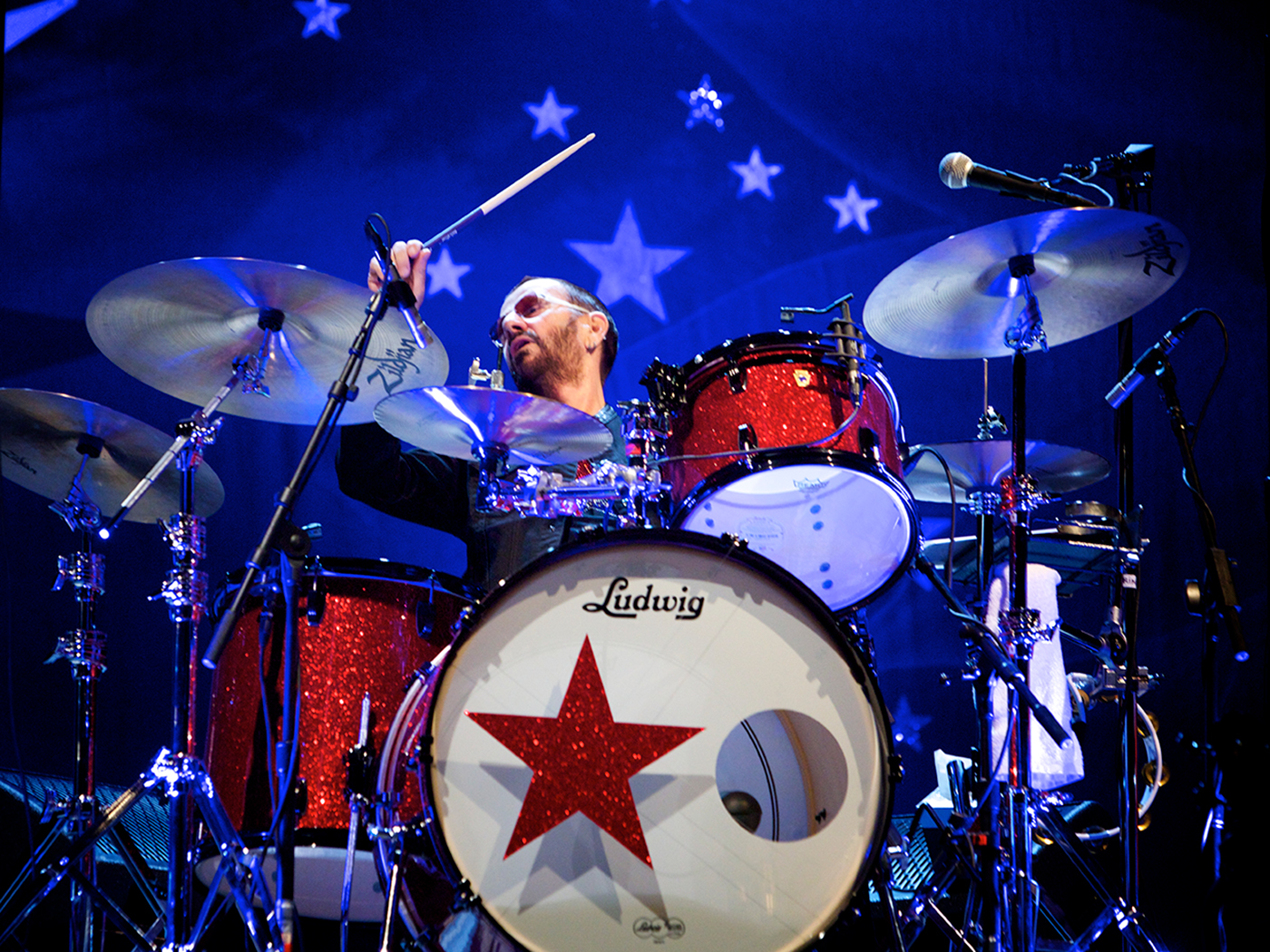
Ringo Starr
Before leading Foo Fighters to global success, Grohl was first and foremost a world class drummer. With that in mind, it makes sense that Grohl credits another drummer, Ringo Starr, as his “introduction to music”. As Grohl told the audience at the Arclight Theatre in Hollywood in 2013, focusing on the Beatles’ drumming “became my reference point for everything. [I would notice] ‘Oh, that guy’s too busy’, ‘Oh, that guy doesn’t have any groove’ because I had the Beatles in the middle.”
However, Grohl’s respect for Starr goes deeper than that. “Ringo was a songwriter in regard to his drumming,” Grohl told Uncut in 2006. “And that’s important to me. With those immediately catchy early Beatles songs, it was Ringo’s job to carry that, dictating dynamic and feel. Warts and all, you want to hear a drummer that sounds like a human being.”
Grohl’s drumming is much greater than simply holding down a beat. Listen to the introduction to Queens of the Stone Age’s 2002 track, Hanging Tree, for example. The sense of songwriting through drumming is clear. The drums act almost like another axe, elevating the power of Josh Homme’s guitar – it’s something that informs Grohl’s approach to rhythm guitar playing and riff writing, which often is as much about when the notes are played as opposed to what they are.

John Bonham
Unsurprisingly, Grohl believes that all guitar players should endeavour to understand drummers. In an interview with Guitar Player, Grohl said: “If you’re playing music that’s based on guitar riffs, it’s especially important to know where the kick and snare should land to complement your riffs.” And there have been few drummers better at complementing riffs than John Bonham.
Grohl has referred to the Led Zeppelin percussionist as the “greatest rock drummer of all time”, telling Rolling Stone: “You have no idea how much he influenced me. I spent years in my bedroom – literally fucking years – listening to Bonham’s drums and trying to emulate his swing or his behind-the-beat swagger or his speed or power. Not just memorising what he did on those albums but getting myself into a place where I would have the same instinctual direction as he had.”
If Grohl’s Bonham tattoos and his writing the foreword for a Bonham biography don’t convince you of his dedication to the drummer, listen to the Foo Fighters 2020 track Shame Shame.
In an interview with Howard Stern on his SiriusXM show, Grohl explained that, despite Taylor Hawkins being behind the kit, he wanted the chance to show his “inner Bonham”, by creating a feeling heard in Led Zeppelin’s When the Levee Breaks. If one thing is clear, those decades spent focusing on Bonham’s “behind-the-beat swagger” certainly paid off.
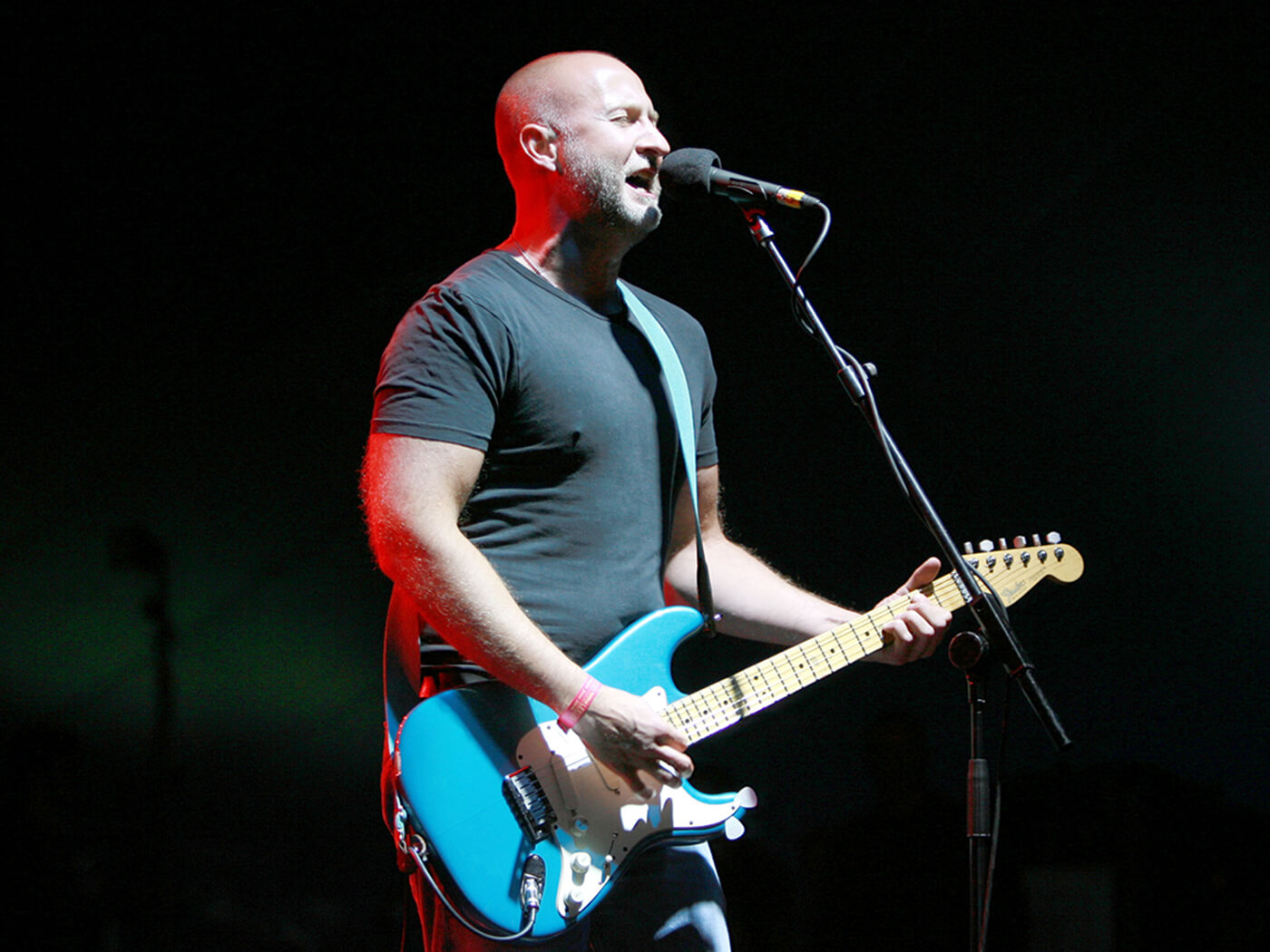
Bob Mould
Thankfully, it’s not just drummers who have inspired Grohl’s music, there’s a guitar player or two in there! The Foo Fighters frontman often refers to Hüsker Dü guitarist Bob Mould as the reason he plays the guitar the way he does.
“I was a huge Hüsker Dü fan and Bob Mould’s music has influenced the way I write music and the way I play guitar,” he told Classic Rock in 2011. “I had this song [Dear Rosemary] that I thought might sound cool if he sang with me on it, call and response, so I texted him and said: ‘Hey, do you want to come down?’ And he did. We weren’t really sure what we were going to do.
“I watched him play guitar and as I watched him do it, I realised that I owe more to Bob Mould than to maybe any other musician. There are specific things he does that I learnt from him, not from anyone else.”
Grohl says the Foo Fighters’ 2002 track Times Like These is inspired by Hüsker Dü lyrically, with the line “I’m a new day rising” taken directly from one of his favourite records. Mould’s strident and uncompromising guitar style, meanwhile, can be heard echoing throughout the Foos’ catalogue, especially on Learn to Fly and Everlong.
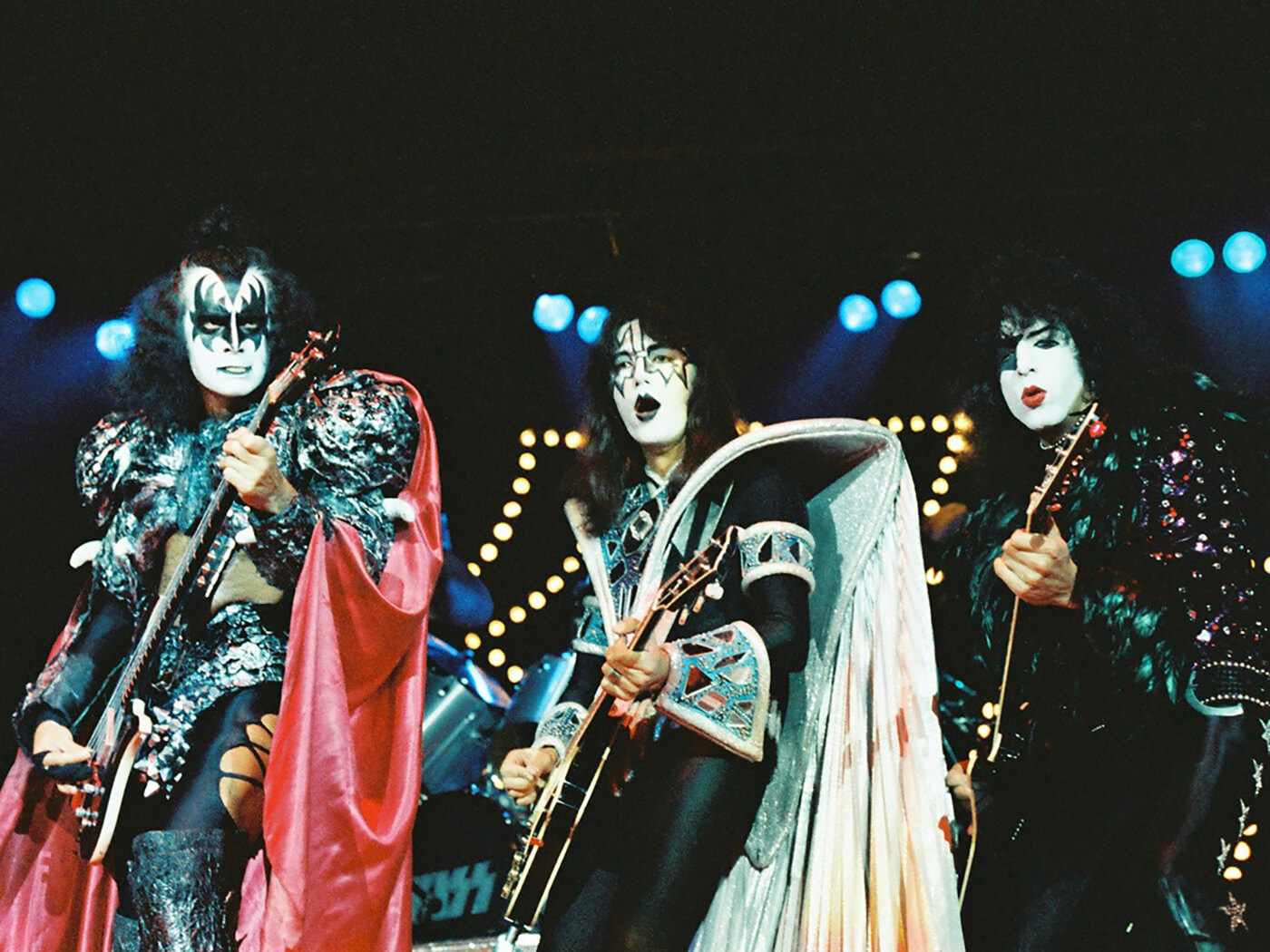
KISS
If there’s one thing Dave Grohl is, it’s a fantastic showman, and for that part of his guitar playing style, he gives all the credit to recently retired rock ’n’ roll legends KISS.
“They ultimately inspired me to follow this unreasonable dream of becoming a professional rock ’n’ roll musician,” Grohl said while presenting the band with the ASCAP Founders Award in 2015.
Telling the audience of his childhood listening habits, Grohl explained that, when he was seven, “it had been mainly Beatles and Carly Simon, maybe a little Phoebe Snow, fuckin’ 10cc,” until he brought home a copy of KISS’ 1976 album Destroyer.
“With nuclear anticipation, I let the needle drop on that legendary intro to Detroit Rock City, perhaps the greatest introduction to any rock ’n’ roll album ever recorded. It filled my speakers and my imagination. Thirty-four minutes and 27 seconds later, KISS had filled my soul. I was now a member of the infamous KISS army.
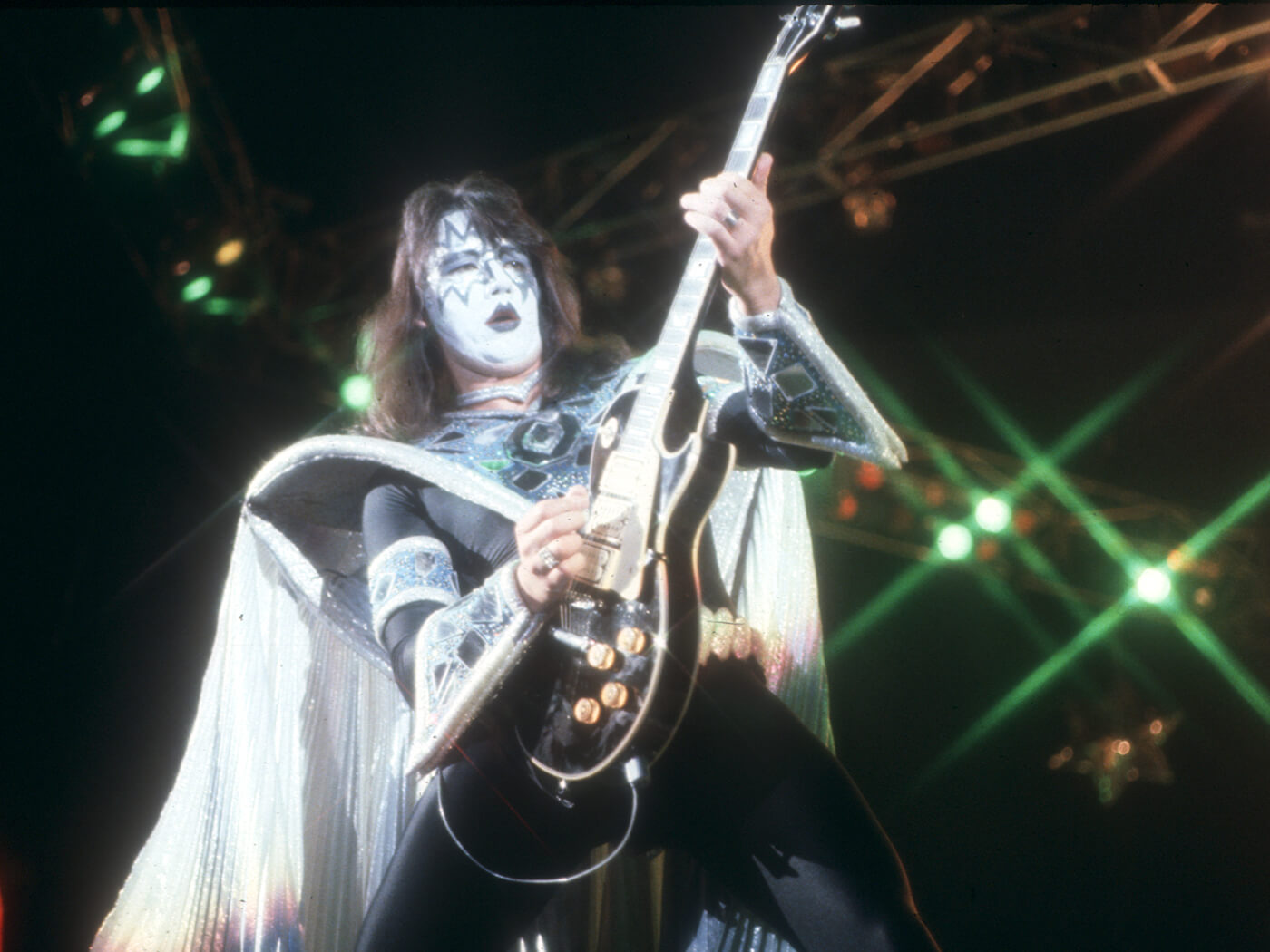
“Before long, my room had become a fucking shrine. Posters of these four musical monsters lined my walls, action figures filled my shelves and KISS albums overtook my once AM-friendly record collection. I was converted.”
You can hear the influence of Ace Frehley’s infamous guitar chug in Foo Fighters tracks such as The Pretender and Monkey Wrench.
Of course the latter was more recently graced by the presence of the famous ‘KISS guy’, who came up on stage during a Foos gig and stole the show playing the track in a full Gene Simmons paint job. It’s a bit hard to avoid associations when something like that happens.
